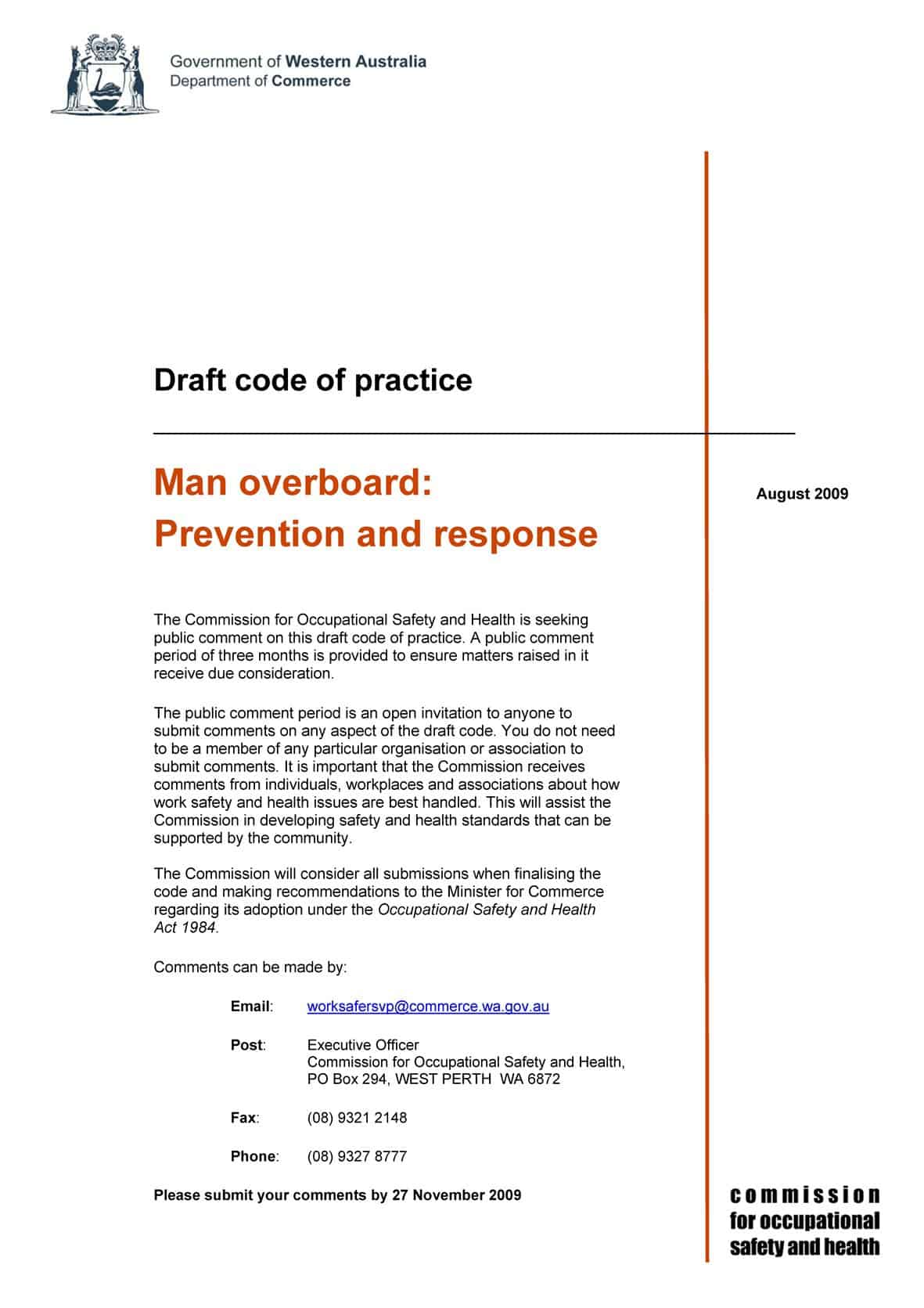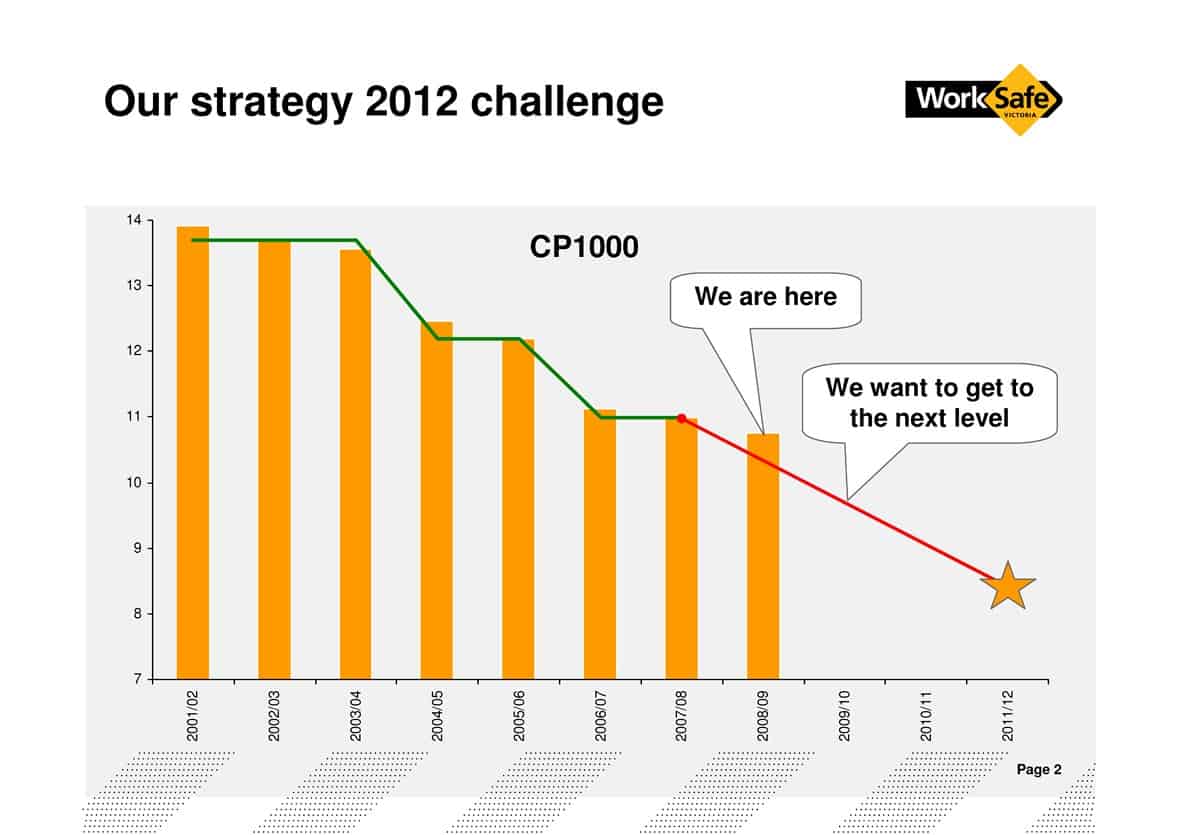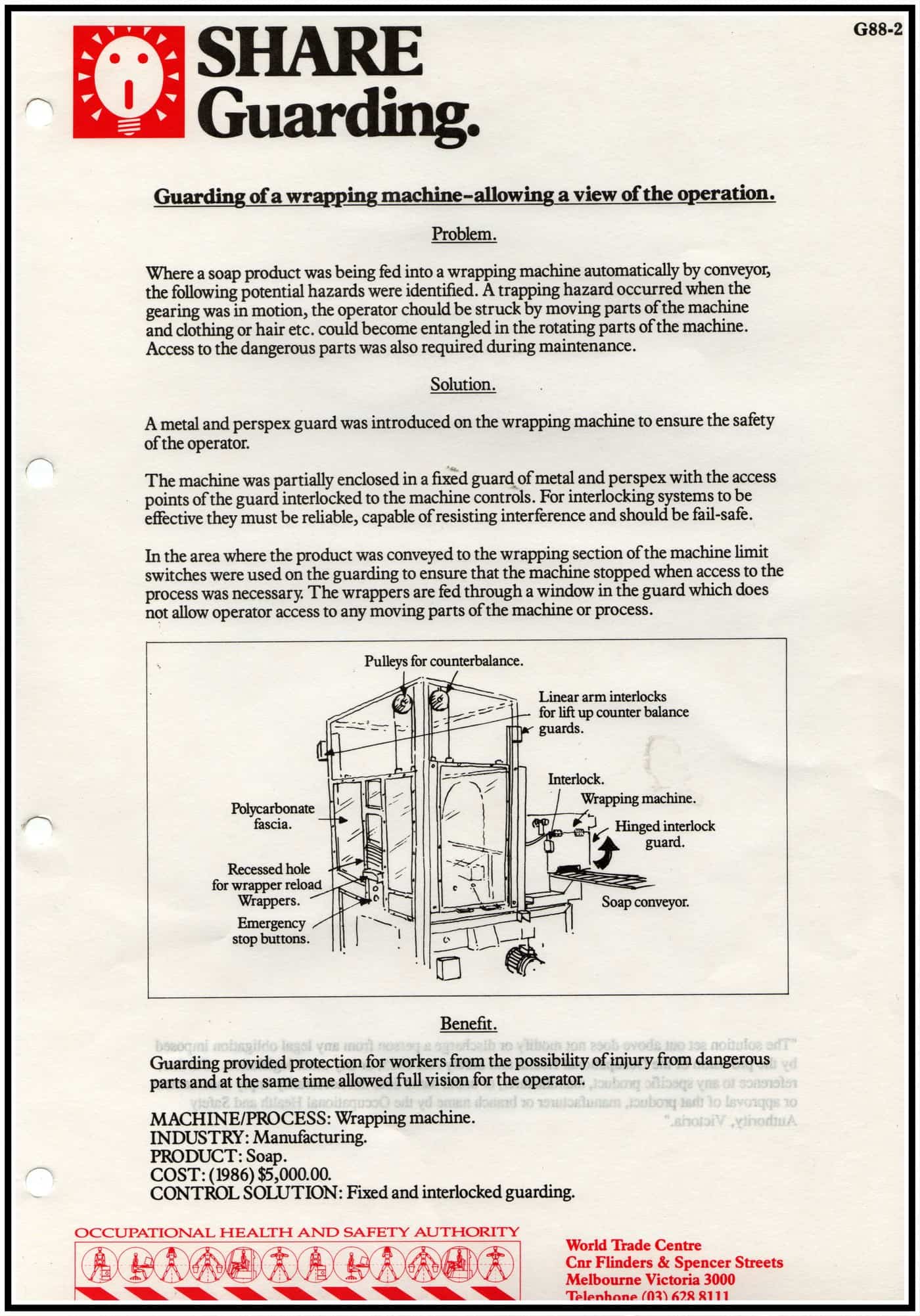WorkSafe Victoria is very keen for the safety advice and management discipline to become professional. It is providing considerable technical and financial support to the Safety Institute of Australia and other members of the Health and Safety Professionals Alliance (HaSPA). The current status of HaSPA in Australia has been discussed in other SafetyAtWorkBlog articles.
HaSPA likes to compare itself to other managerial professions such as accounting, medicine and the law, and is trying to establish a contemporary profession. One of the professions mentioned, law, an established profession for hundreds of years, is seriously considering the introduction of an ombudsman, a concept that should have been established already for the safety sector.
According to a media report in The Australian on 4 September 2009:
A taskforce of federal and state officials is working on a plan to create a national legal ombudsman with unprecedented power over the nation’s lawyers.
If the plan goes ahead, the ombudsman would be able to set standards for all lawyers, oversee the handling of all complaints from consumers and intervene with the profession’s state-based regulators.
One option being considered would establish the office of the legal ombudsman as a new national institution drawing authority from a network of uniform state laws.
This would unify the regulation of lawyers and give state governments a role in confirming prospective candidates for the new national office.
Lawyers, rather than taxpayers, could be asked to pay for the cost of establishing their new regulator.
The taskforce, which has been appointed by federal Attorney-General Robert McClelland, is examining the possibility of establishing the new office as the centrepiece for the promised regulatory overhaul of the legal profession.
OHS law in Australia is undergoing its most major national review in decades. Shouldn’t the safety profession also develop the “Office of the Safety Ombudsman”? The legal profession is doing all the work on a model.
Australia has a tradition of effective industry-based ombudsmen. A list is available online but the most publicly well-known would be the Telecommunications Industry Ombudsman.
[In the last couple of years the safety profession has heard from the Victorian Health Services Commissioner, Beth Wilson, on the purpose and role of the commission and how the safety profession can learn from her support, adjudication and advocacy. The commissioner is not an ombudsman but there may be a role for a safety commissioner to address WorkSafe’s concerns over the quality of safety advice being provided by safety professioanls to business. A video of Beth Wilson briefly discussing the role is available on YouTube.]
The application of an Ombudsman model in the safety profession should be discussed but similar objections will be raised to those of the legal profession in the article quoted above. Underpinning the objections is that an established profession is resistant to change and suspicious of relinquishing the power it has established over its lifetime.
If the safety advocates are truly committed to establishing a contemporary profession, the concept of a safety ombudsman must be discussed or else the system of self-regulation will continue and so will the lack of independence, the lack of accountability, the limited communication and the lack of faith by the general community that safety professionals can be trusted to do a good job.







